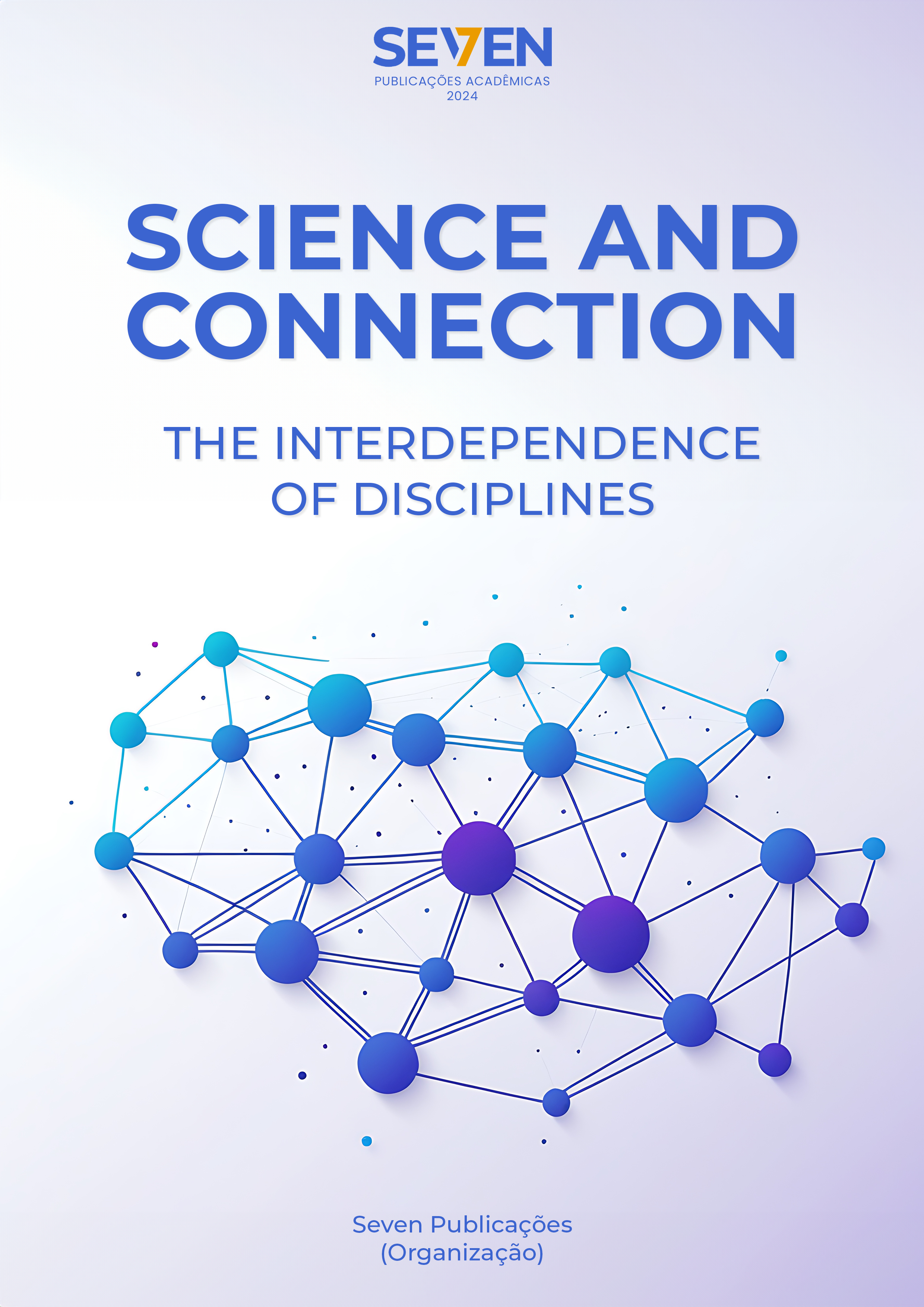MANAGEMENT OF PULMONARY PARACOCCIDIOIDOMYCOSIS: AN INTEGRATIVE REVIEW
Keywords:
Paracoccidioidomycosis, Fungal Diseases, Diagnosis, Antifungal treatmentAbstract
The present study aims to describe the clinical management of pulmonary paracoccidioidomycosis through the literature. The study used as a method the integrative literature review, carried out via the Virtual Health Library (VHL), and through a search in the Medline, Pubmed and Scielo (Scientific Electronic Library Online) databases using the descriptors "Paracoccidioidomycosis", "Diagnosis". For the evaluation of the research problem and its stratification, the PVO strategy was used, and the following strategy was formulated, which can be seen in Chart 1. The aforementioned strategy allowed the following guiding question to be formulated: What is the importance of diagnosing and treating pulmonary paracoccidioidomycosis (PCM)? The standard diagnosis of PCM is visualization in clinical specimens by direct examination or histopathology of characteristic cells with multiple buttons in biological fluids or fungal isolation. As the choice of the drug to be used depends on the clinical form of the disease, clinical follow-up of the patients being treated is necessary and, if it is necessary to adjust the dose of the drug, side effects may also arise, making it necessary to switch to another drug. Finally, even with clinical improvement throughout the treatment, it is necessary to monitor the patient accurately to avoid recurrence of the disease. Fungal diseases in general and especially paracoccidiodomycosis are a public health problem in Latin America.
Downloads
Published
Issue
Section
License
Copyright (c) 2024 Carla Maria Soares Brito, Lúcio Eugênio Cerqueira Lopes, Elton Jones Dias Lira, Gullit Vinicius Silva Barros, João Felipe Fernandes Brito, Maria Tereza Viana Lima, Judimilla Almeida Pinheiro, Marina Sampaio Fortes, João Lucas Gomes Carvalho, Iargo Franco Diogenes Urbano Sousa, Gabriel Guedes Farias de Carvalho, Tatiane Caroline Daboit

This work is licensed under a Creative Commons Attribution-NonCommercial 4.0 International License.





